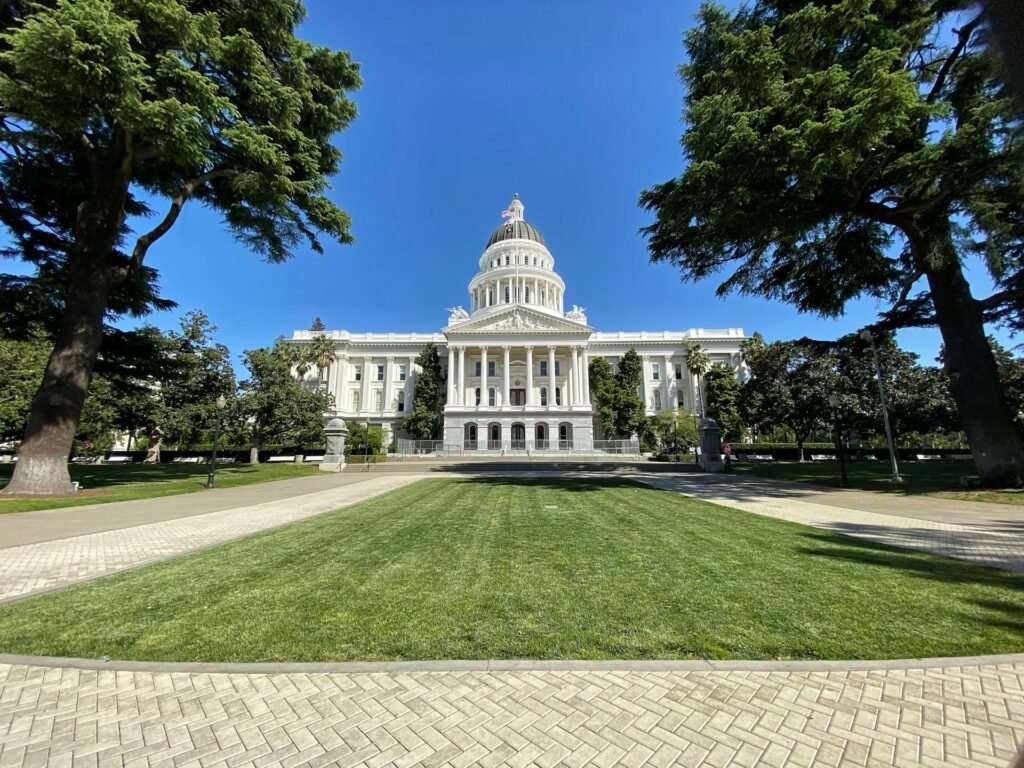Landmark Legislation Awaits Governor’s Signature: Overhauling Local Zoning Near Transit Hubs in California
After seven years of legislative struggles, California’s influential transit-oriented development bill, Senate Bill 79 (SB 79), is poised for Governor Gavin Newsom’s signature. This landmark proposal has garnered considerable attention for its potential to revolutionize land-use reform across California, particularly around public transit hubs. SB 79 passed the state legislature last month with a 41-17 Assembly vote and a 21-13 Senate approval. Many observers deem it one of the most significant shifts in land-use policy in decades, but it also presents substantial controversy and challenges ahead.
Expanding Development Around Transit Stops
If signed into law, SB 79 would affect eight of California’s most populous counties, including Los Angeles, San Diego, Orange, Santa Clara, Alameda, Sacramento, San Francisco, and San Mateo. Collectively, these regions house nearly 59% of the state’s population. The legislation distinguishes between development around Tier 1 and Tier 2 transit stops. For instance, development around heavy rail stations like BART would permit buildings up to nine stories tall within a quarter-mile of these hubs. This approach aims to encourage housing development in areas with robust transit access, aligning with the ideology that housing should juxtapose transit facilities rather than sprawl into lesser accessible areas.
Senator Scott Wiener, the bill’s author, reiterated that “this is exactly where we should be building more housing, right by our highest quality transit.” By setting these parameters, the legislation anticipates easing California’s housing crisis by promoting urban density in transit-rich areas.
Analyzing Los Angeles: A Case Study
Los Angeles stands to experience dramatic changes if SB 79 becomes law. According to reports, the city has only completed 65,509 homes out of the 456,000 needed between 2021 and 2029. A significant 45% of parcels near rail stops are currently zoned for low-density uses, such as single-family homes. Should SB 79 take effect, areas under a two-thirds vote would undergo considerable zoning transformation.
However, the bill has drawn criticisms from local officials like Mayor Karen Bass, who requested Governor Newsom to veto it. She argued for enhanced community input in planning and zoning decisions to avoid eroding local control. The pushback from the Los Angeles City Council further reflects a shift in the local discourse; while it originally opposed similar measures almost unanimously in previous years, recent voting demonstrated a closer divide.
Bay Area Responses: Balancing Symbolism with Local Needs
In the Bay Area, the potential impact of SB 79 seems to be modest yet symbolically significant, particularly in San Francisco. The proposed bill could lead to moderate increases in zoning capacity, especially around BART stations. However, even in Senator Wiener’s home district, the proposal has received pushback addressing the complexities of regional housing plans and affordability discussions. For instance, Palo Alto City Council member Pat Burt expressed concerns that the bill fails to accommodate ongoing regional housing needs that cities have been striving to meet through careful planning.
Debate Over Affordability: Supply Versus Subsidy
The heart of controversy surrounding SB 79 revolves around its proposed affordability standards. While the bill mandates incorporating lower-income housing allocations, critics argue these requirements fall short. Advocacy groups warn that concentrating new development in lower-income neighborhoods exacerbates existing pressures, further challenging local programs aimed at striking a balance between growth and affordability.
On the opposing side, proponents like Matthew Lewis from California YIMBY contend that the existing zoning laws hinder affordable housing creation, drive up prices, encourage suburban sprawl, and negatively affect environmental efforts. Research backs this perspective, highlighting that increased housing construction can slow rent growth, particularly for older units.
Navigating Local Control Amid State Oversight
Interestingly, SB 79 incorporates mechanisms for local control, allowing local jurisdictions several routes to moderate the new development standards. This includes adopting ordinances that may exclude certain sites from the bill’s reach. Moreover, areas vulnerable to environmental hazards like fire or flooding are exempt from new requirements. This layered approach aims to balance the urgent need for increased housing while respecting local governance and planning processes.
Addressing Infrastructure Concerns and Future Implications
Despite the strides envisioned in SB 79, critics voice concerns regarding the potential shift of unfunded infrastructure costs onto local governments. The bill’s implications could lead to significant financial burdens without state reimbursement, further complicating community dynamics.
One innovative aspect of SB 79 allows transit agencies to build housing on their land, offering a model akin to systems like Hong Kong and Tokyo. Here, these agencies can harness revenue from developments to bolster their transit operations, potentially mitigating financial challenges and enhancing ridership.
As California grapples with a housing affordability crisis and ambitious climate objectives, SB 79 embodies a critical test of whether the state can effectively direct dense, transit-oriented development. The outcome of this legislation may reshape not only housing policy but also community dynamics across California. Governor Newsom’s upcoming decision carries weighty implications for numerous stakeholders, as he faces pressure from developers, local governments, and community advocates.
For ongoing updates on this legislation and California’s broader housing initiatives, consider following resources such as California YIMBY or the California Legislative Information page.
Conclusion
With the future of SB 79 hanging in the balance, California stands at a crossroads. As the debate unfolds over what it means for housing, local governance, and community input, all eyes will be on October 12—the deadline for Governor Newsom’s decision. The stakes are high as this legislation seeks to address the pressing housing needs while navigating a complex terrain of political interests and community concerns.





